ENTERTAINMENT
Why You Should Plan A Trip To Yellowstone
Published
2 months agoon
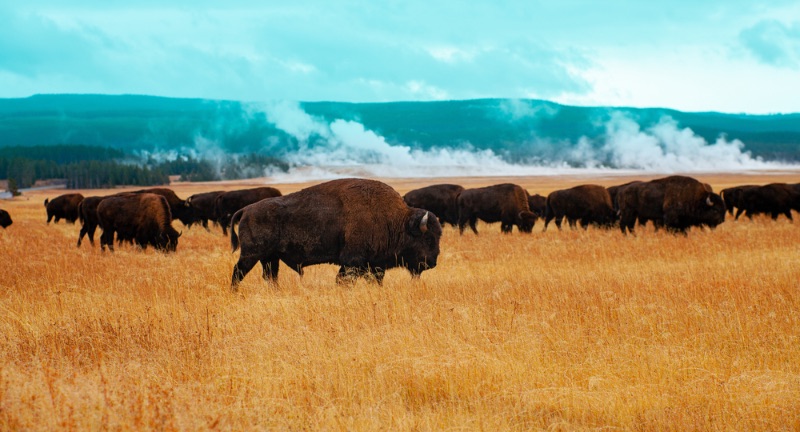
Shutterstock
Yellowstone National Park is one of the most famous places in America and is known for its diverse landscapes and breathtaking geological wonders. From towering geysers to vibrant hot springs, the park gives visitors a front-row seat to the power of nature. Whether you are exploring the famous Old Faithful Geyser or enjoying the trails, you cannot go wrong with a visit to this national park.
Old Faithful Geyser
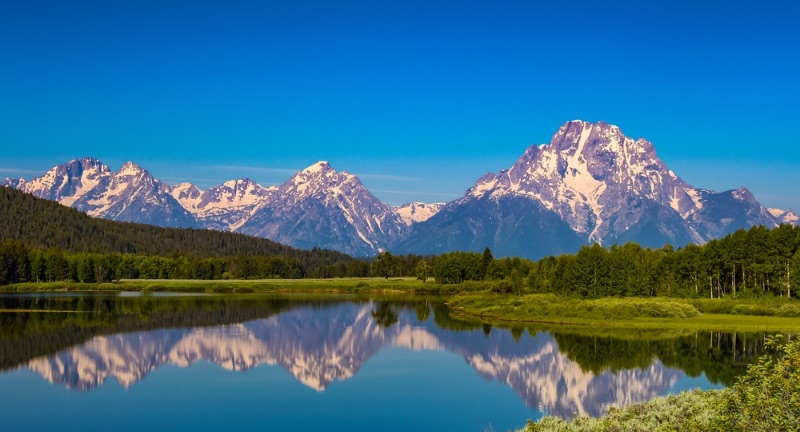
Shutterstock
Old Faithful is one of the most iconic and reliable geysers in the world. It erupts regularly, shooting hot water high into the air, making it a must-see attraction for visitors. The area around it has numerous other geothermal features, adding to the breathtaking landscape. It’s located in the heart of Yellowstone, making it a prime spot for both nature lovers and photographers.
Grand Prismatic Spring
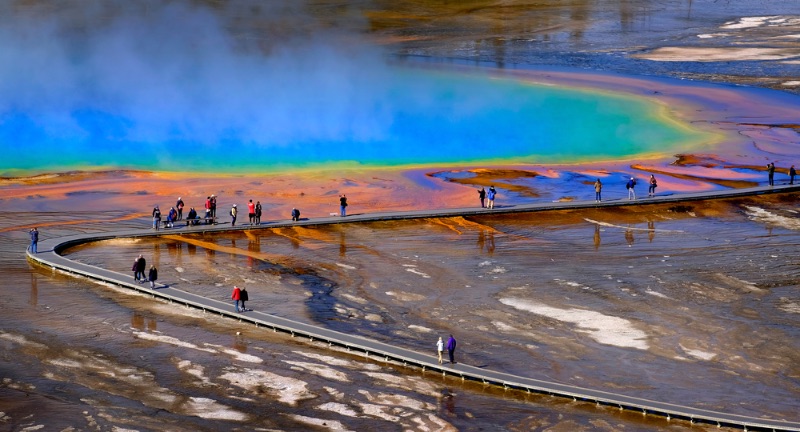
Shutterstock
The Grand Prismatic Spring is the largest hot spring in the U.S. and one of the most colorful. Its vibrant colors are caused by heat-loving bacteria that thrive in the spring’s extreme temperatures. The breathtaking view from the nearby overlook is a favorite for photographers and nature enthusiasts alike. This natural wonder is located in the Midway Geyser Basin and draws visitors from around the globe.
Yellowstone Lake
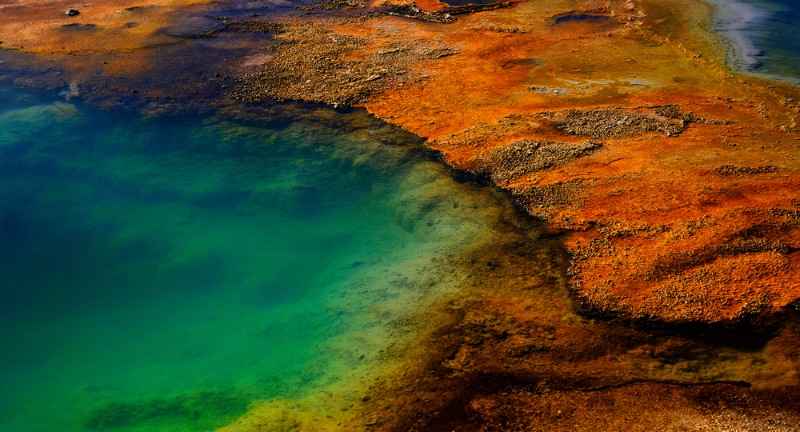
Shutterstock
Yellowstone Lake is one of the largest high-altitude lakes in North America. It offers stunning views of surrounding mountain peaks and abundant wildlife. Visitors can enjoy a range of activities such as boating, fishing, and hiking along its shores. The lake is also home to some of the park’s most scenic camping spots.
Mammoth Hot Springs
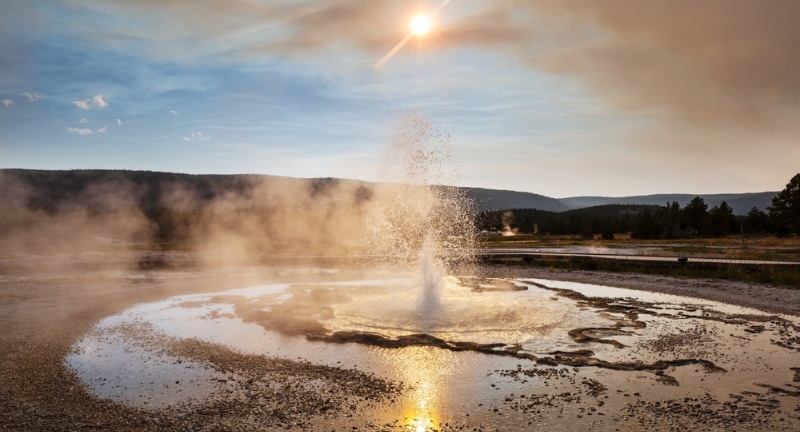
Shutterstock
Mammoth Hot Springs is famous for its stunning limestone terraces created by geothermal waters. The hot springs create unique formations as the mineral-rich water cascades down the hillside. It’s one of the few areas in Yellowstone where you can walk among the thermal features. The area is also home to the park’s headquarters, making it a convenient stop for visitors.
Lamar Valley
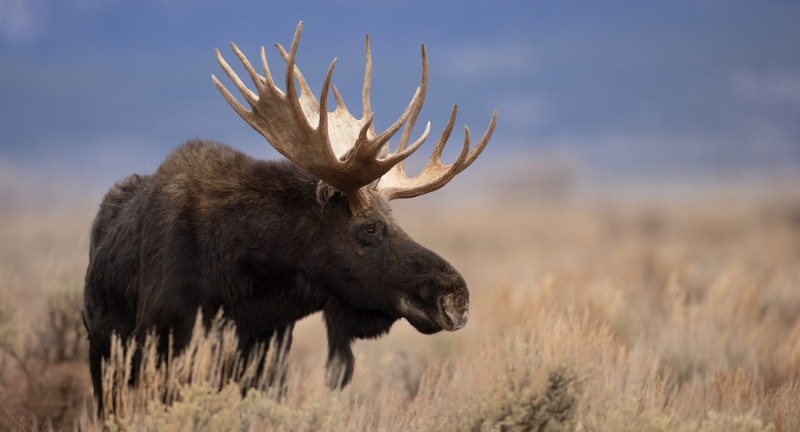
Shutterstock
Lamar Valley is often called the “Serengeti of North America” due to its abundant wildlife. It is one of the best places in Yellowstone to spot wolves, bison, elk, and other animals. The valley also offers beautiful scenic drives and trails, making it an ideal spot for nature lovers. Early morning and evening are the best times to visit for wildlife viewing.
Grand Canyon of the Yellowstone
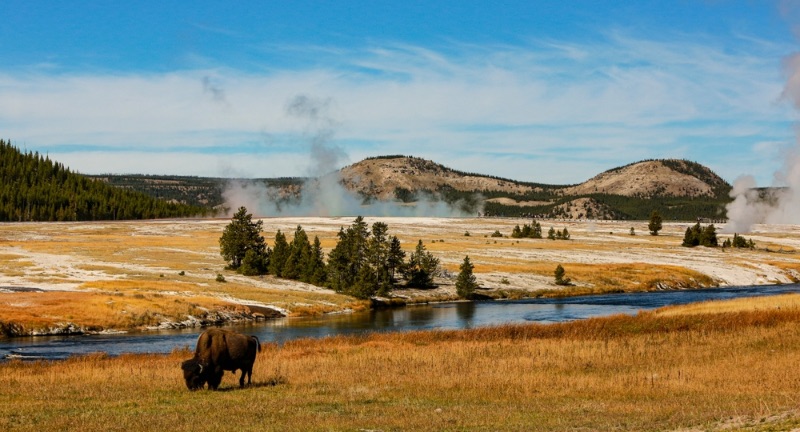
Shutterstock
The Grand Canyon of the Yellowstone is a stunning natural feature with vibrant, multi-colored rock walls. It spans approximately 20 miles and features dramatic cliffs carved by the Yellowstone River. Visitors can enjoy breathtaking views from various viewpoints, such as Artist Point and Lookout Point. The Lower Falls, one of the park’s most famous sights, is located within the canyon.
Norris Geyser Basin
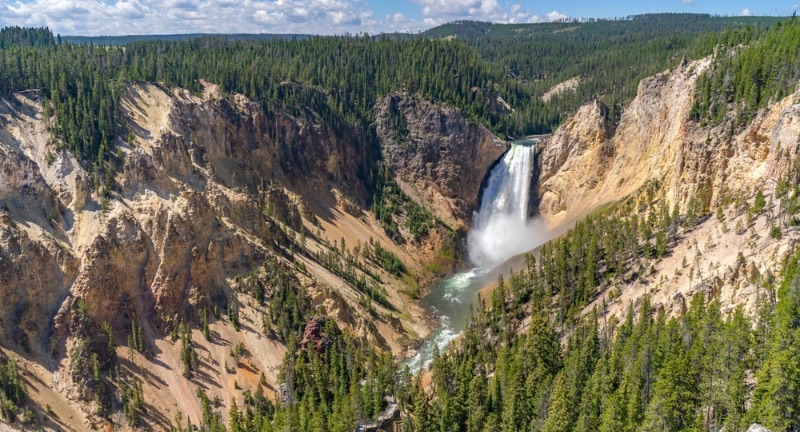
Shutterstock
Norris Geyser Basin is the hottest and most dynamic geothermal area in Yellowstone. It features an impressive variety of geysers, hot springs, and fumaroles. The basin is constantly changing, offering new experiences with each visit. It’s one of the park’s oldest and most active geothermal areas.
Wildlife Viewing
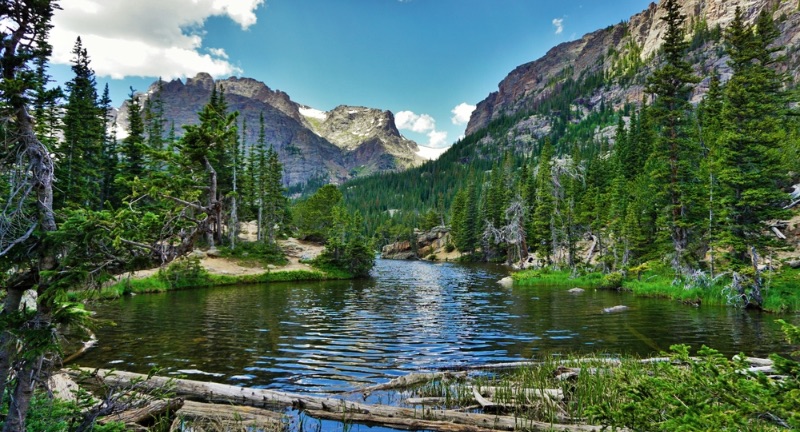
Shutterstock
Yellowstone is a haven for wildlife, offering opportunities to see animals in their natural habitats. From bison and elk to grizzly bears and wolves, the park is home to a diverse range of species. Visitors can explore the park’s many wildlife-rich areas, such as Lamar Valley and Hayden Valley. Wildlife viewing is especially rewarding during early morning and evening hours.
Hayden Valley
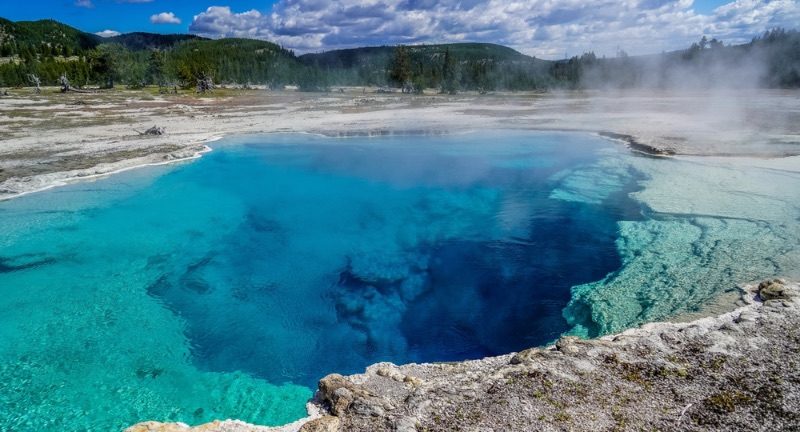
Shutterstock
Hayden Valley is another prime wildlife-viewing area within Yellowstone. The valley is known for its large herds of bison, as well as opportunities to spot wolves, elk, and grizzly bears. The valley is also scenic, with picturesque meadows and views of the Yellowstone River. It’s a peaceful spot for photography and nature walks.
Artist Point
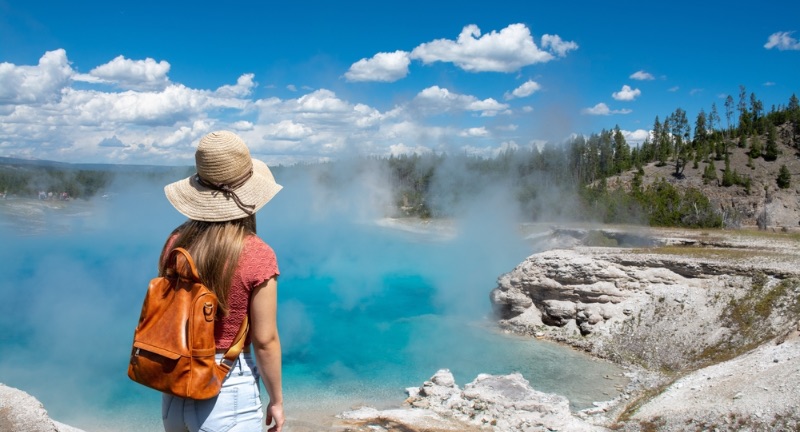
Shutterstock
Artist Point is one of the most photographed spots in Yellowstone, offering a stunning view of the Grand Canyon of the Yellowstone. The overlook provides a perfect vantage point to see the Yellowstone River and the Lower Falls. Its iconic beauty has inspired many artists and photographers over the years. It’s easily accessible and a must-see for anyone visiting the park.
Lower Falls
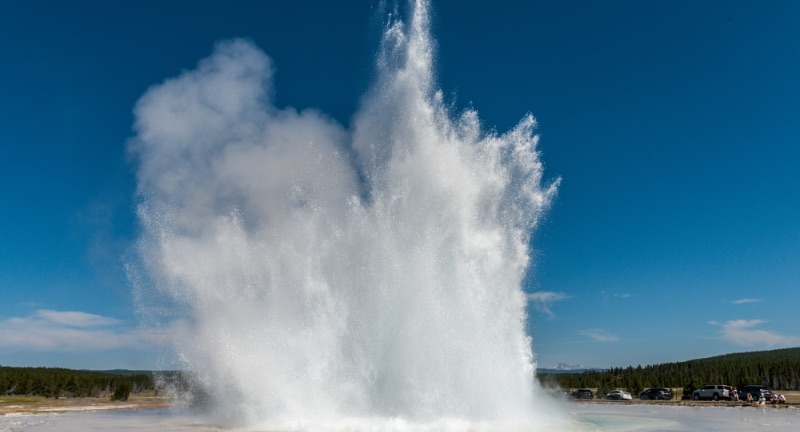
Shutterstock
Lower Falls is one of the most dramatic and recognizable waterfalls in the United States. It plunges 308 feet into the Yellowstone River below, creating a spectacular visual effect. The waterfall is surrounded by stunning canyon walls, making it a photographer’s paradise. Several viewing platforms offer different perspectives of the falls for visitors to enjoy.
Upper Falls
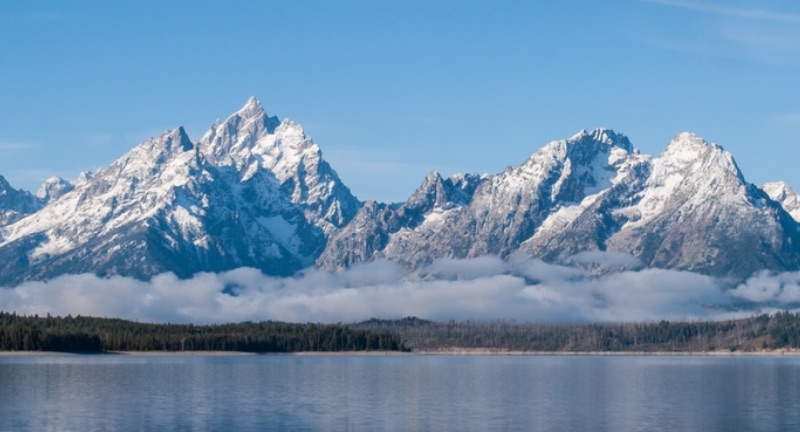
Shutterstock
Upper Falls is a beautiful waterfall located in the Grand Canyon of the Yellowstone. It cascades 109 feet into the river below, creating a powerful and captivating scene. The falls can be seen from several viewpoints around the canyon, with some offering close-up views of the cascading water. It’s a less crowded alternative to the Lower Falls but equally as stunning.
Geyser Hill

Shutterstock
Geyser Hill is a geothermal area in Yellowstone known for its active geysers and hot springs. Located near Old Faithful, it features several smaller geysers that put on spectacular displays of steam and water. The area offers a peaceful, off-the-beaten-path experience compared to the park’s more famous sites. Visitors can explore it via a short walk from Old Faithful.
Fishing Bridge

Shutterstock
Fishing Bridge is a popular spot for anglers looking to catch fish in Yellowstone Lake. The bridge spans the Yellowstone River and provides a great vantage point for watching both the river’s wildlife and the surrounding landscape. It’s a great area for families, as it offers easy access to fishing and picnicking. The bridge is also a prime location for birdwatching, with a variety of species frequenting the area.
Yellowstone River
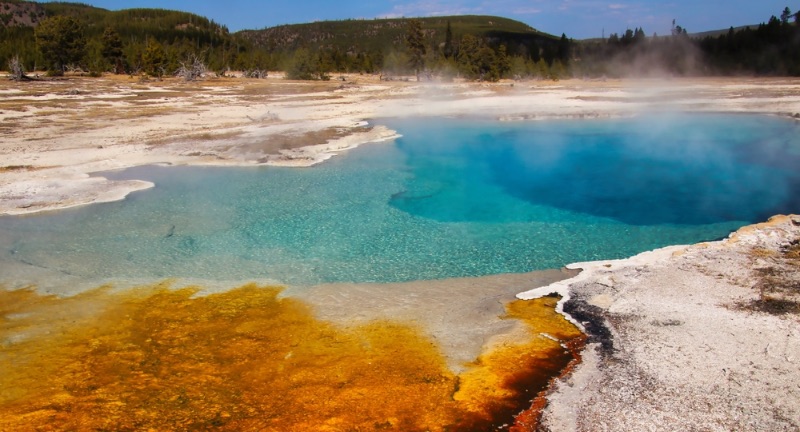
Shutterstock
The Yellowstone River is the longest undammed river in the U.S., offering stunning views and opportunities for outdoor activities. It runs through the park, cutting through dramatic landscapes, including the Grand Canyon of the Yellowstone. Visitors can enjoy rafting, fishing, and scenic walks along the river’s banks. The river is also a prime spot for wildlife sightings, especially in the early mornings.
Tower Fall
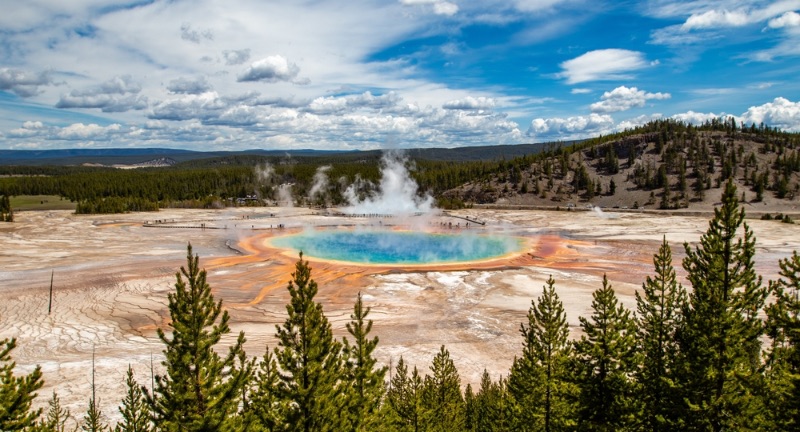
Shutterstock
Tower Fall is a picturesque 132-foot waterfall located in the northern part of Yellowstone. The falls are surrounded by steep cliffs and lush forest, creating a serene and beautiful setting. Visitors can take a short hike to a viewpoint overlooking the falls for a closer look. It’s a less crowded spot compared to the more famous falls in the park, offering a peaceful experience.
Bechler River
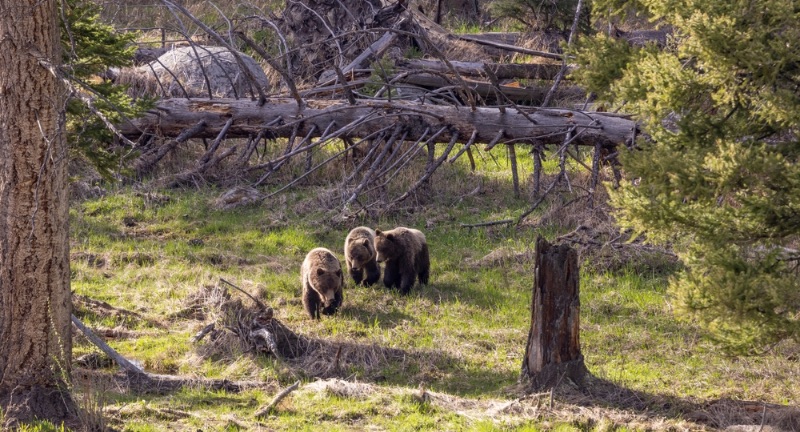
Shutterstock
Bechler River is a secluded and pristine area of Yellowstone, known for its beautiful waterfalls and lush surroundings. The river is part of the park’s southern region and offers a more remote, backcountry experience. It’s a popular spot for hikers and backpackers looking for a peaceful retreat in nature. The Bechler area is also home to abundant wildlife, making it a perfect destination for wildlife enthusiasts.
Firehole River
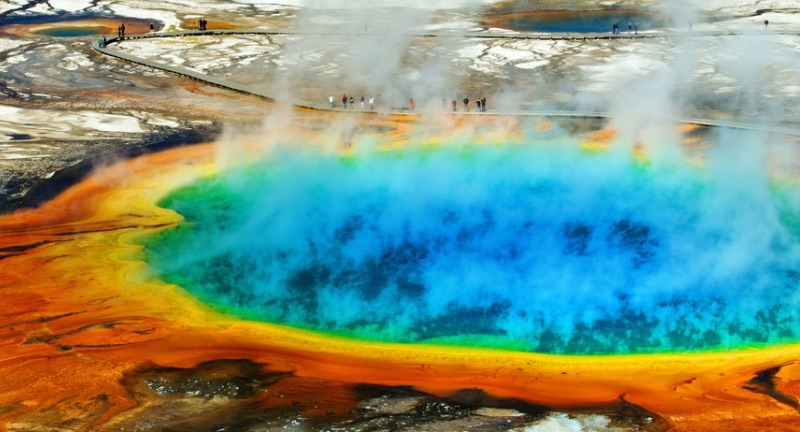
Shutterstock
Firehole River is a stunning geothermal river that flows through the park’s Lower Geyser Basin. The river’s warm waters are heated by geothermal activity, creating a unique experience for visitors. Many parts of the river are shallow enough for wading, making it a popular spot for those looking for a soothing dip. The river is surrounded by interesting geothermal features and is a serene spot for a peaceful stroll.
Mount Washburn
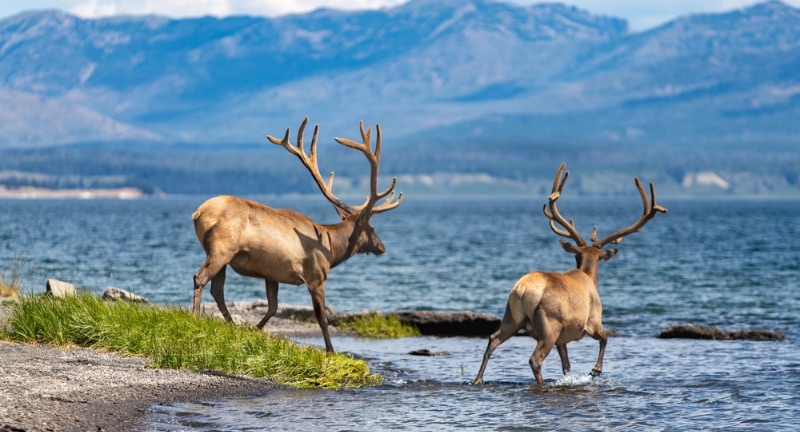
Shutterstock
Mount Washburn offers some of the best panoramic views in Yellowstone, with a summit that rises over 10,000 feet. The hike to the top is challenging but rewarding, with views that stretch across much of the park. The area around the summit is known for its alpine wildlife, including bighorn sheep and mountain goats. On clear days, the summit offers a 360-degree view of Yellowstone’s volcanic landscape.
Slough Creek
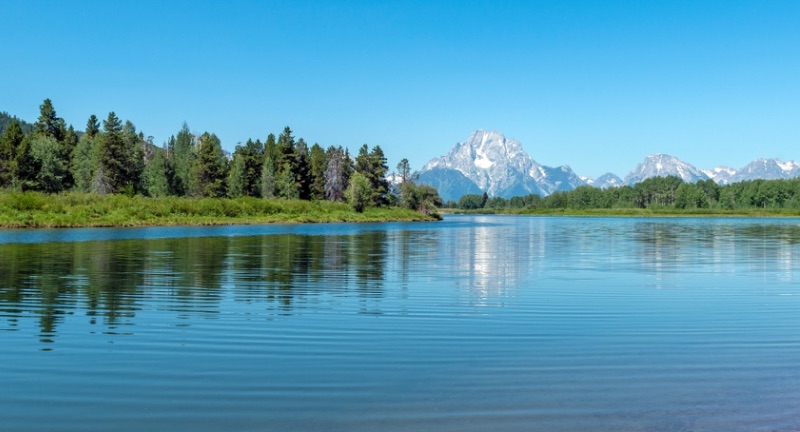
Shutterstock
Slough Creek is a quiet and remote area located in Yellowstone’s Lamar Valley. The creek is known for its excellent trout fishing and peaceful surroundings. It’s a great spot for backpacking, camping, and birdwatching. The area is also frequented by wolves and bears, offering a chance to see wildlife in a more secluded setting.
Roosevelt Arch
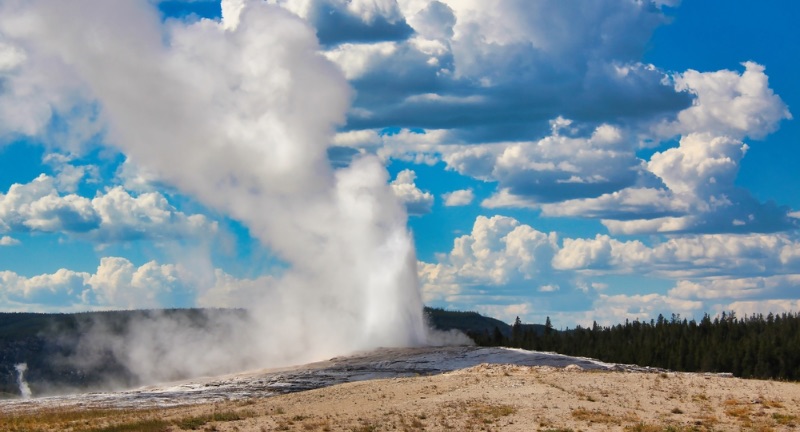
Shutterstock
The Roosevelt Arch marks the original entrance to Yellowstone National Park and is a historic landmark. It was built in 1903 and is an iconic symbol of the park’s dedication to conservation. The arch is located at the park’s northern entrance near Gardiner, Montana, and is a great spot for photos. It’s a fitting tribute to President Theodore Roosevelt’s role in establishing the park.
Obsidian Cliff
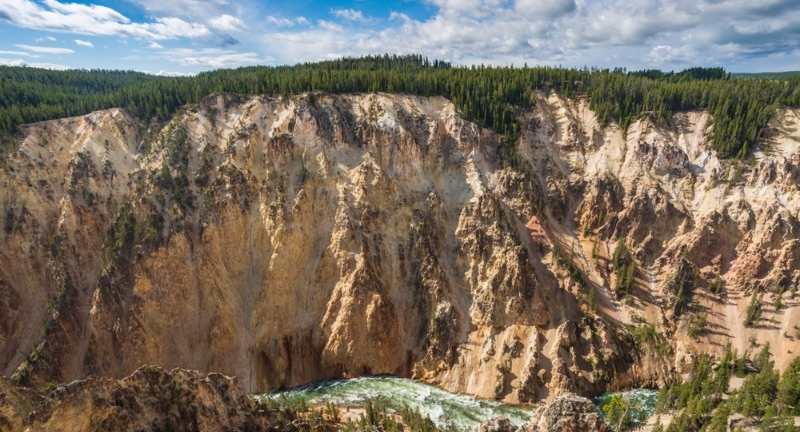
Shutterstock
Obsidian Cliff is a volcanic feature that is rich in history and geological significance. The cliff is made entirely of obsidian, a volcanic glass, and was once an important source of material for Native American tool-making. The site is part of the park’s history and provides visitors with insight into Yellowstone’s volcanic past. It’s also a scenic spot, surrounded by beautiful forests and wildlife.
Boiling River
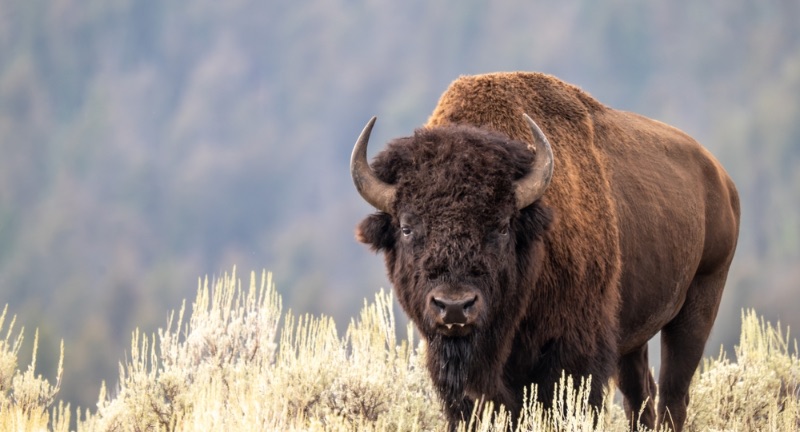
Shutterstock
Boiling River is a unique spot where hot spring water mixes with the cold waters of the Gardner River. The resulting combination creates a natural hot spring that is perfect for soaking. It’s a popular spot for visitors looking to relax in a warm, natural bath while enjoying the surrounding scenery. The area is located near the park’s North Entrance, making it easily accessible for a day trip.
Biscuit Basin
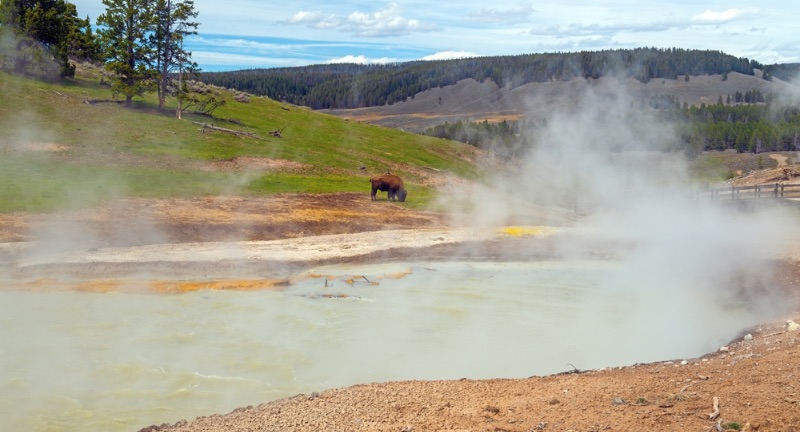
Shutterstock
Biscuit Basin is a small but beautiful geothermal area located in the Midway Geyser Basin. It’s known for its colorful hot springs and unique geothermal features. Visitors can take a short walk around the basin to explore the springs and enjoy the vivid colors created by mineral deposits. It’s a peaceful and less crowded alternative to some of Yellowstone’s more popular geothermal areas.
Fountain Paint Pot
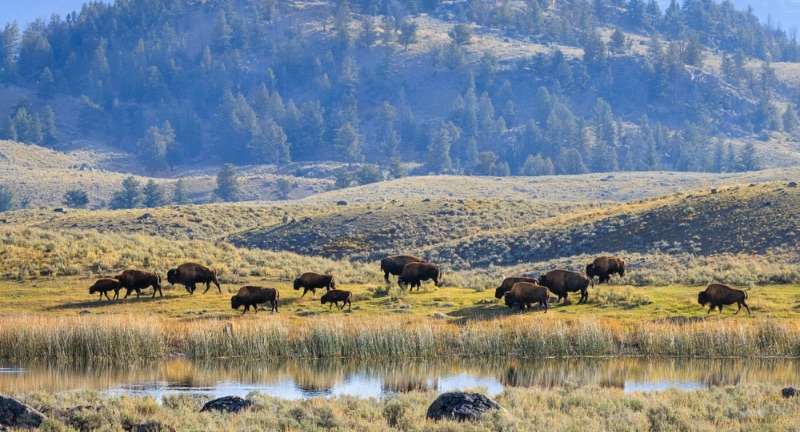
Shutterstock
Fountain Paint Pot is a geothermal area in Yellowstone famous for its bubbling mud pots, geysers, and hot springs. The bubbling mud creates an interesting visual effect, with the mixture of minerals and water forming thick, colorful mud. It’s an easy-to-access site that offers visitors a chance to see a variety of geothermal features in one area. The site is part of the Lower Geyser Basin and is a favorite spot for those interested in Yellowstone’s geothermal activity.
Conclusion
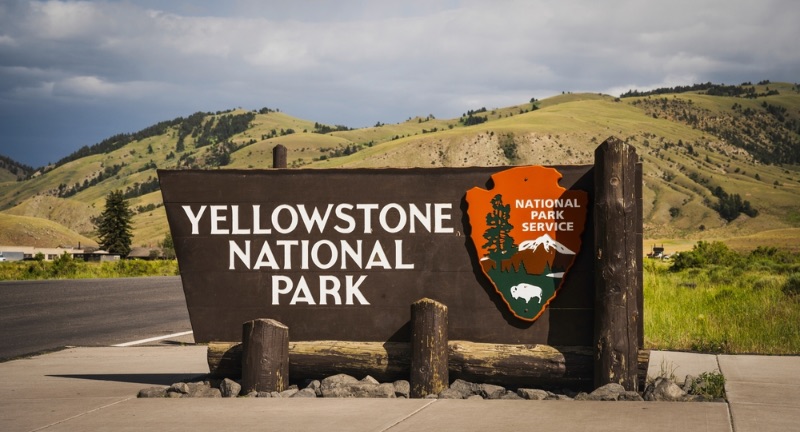
Shutterstock
Yellowstone National Park has views and experiences that you cannot find anywhere else. Stepping into this park is like entering a different dimension and the nature here is truly breathtaking. Whether you’re hiking through its valleys, relaxing by hot springs, or looking at the wildlife, every moment in Yellowstone is a chance to connect with the earth. A visit to this incredible park will leave you with a deep appreciation for the natural world.
More From Bon Voyaged
-


Trendy Things That Used To Be Lame
-


Famous 70’s Actresses Then And Now
-
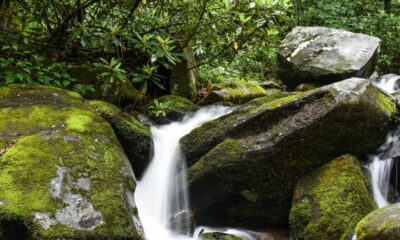

Why Your Next Trip Should Be To Pigeon Forge
-
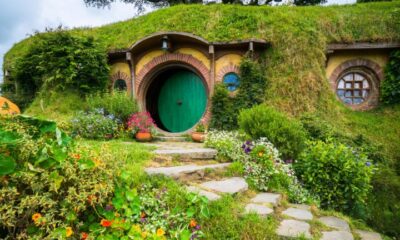

30 Famous Film Locations From Around the World
-


Catch the Wave: 25 Unbeatable Perks of Boating You Need…
-


Why Every Woman Needs a Girls’ Trip (And How to…
-
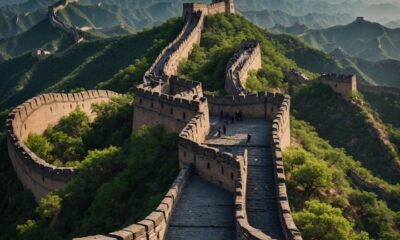

Built to Keep Out Invaders… and Something Else? Mysteries of…
-


Why Oregon Should Be Your Next Vacation
-


20 Best Foodie Destinations Around The World
-


25 Top Cruise Destinations For Older Adults
-
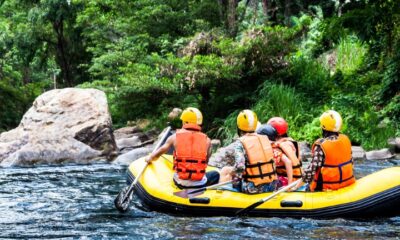

Why You Should Try White Water Rafting
-
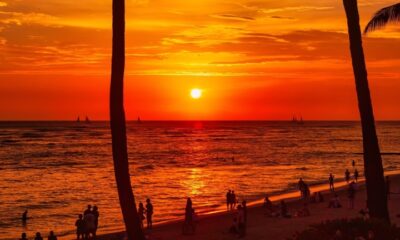

Off the Tourist Track: 25 Unique Hawaii Experiences You Must…

